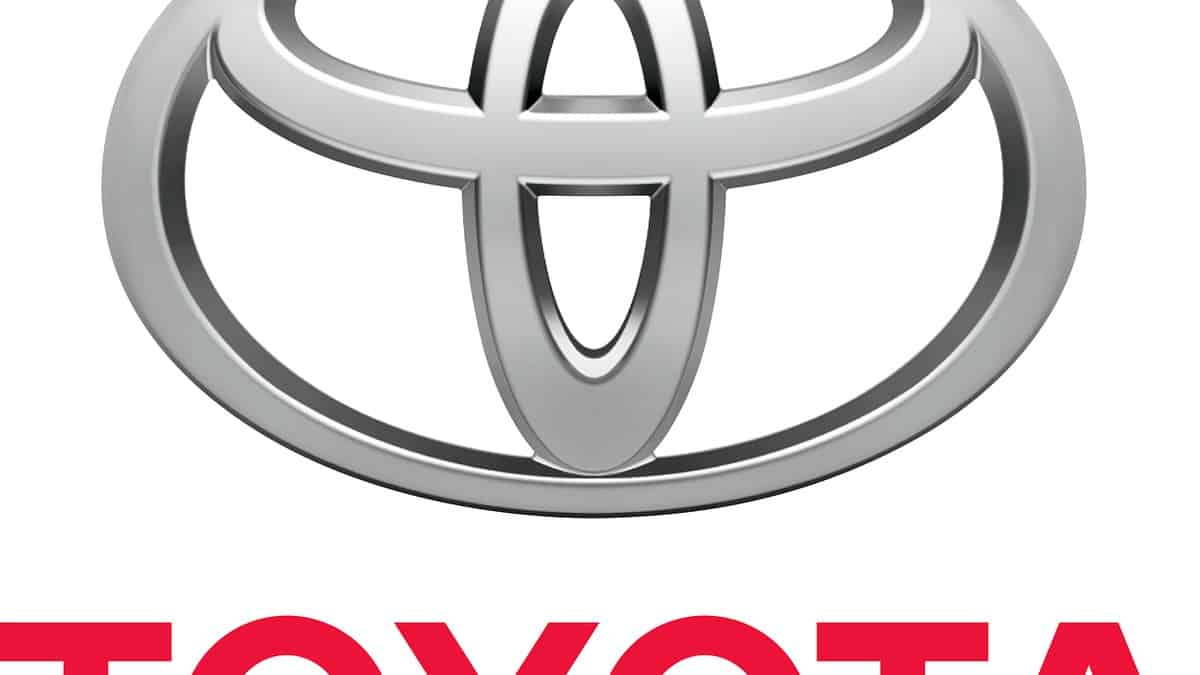On Tuesday, Toyota Motor Corp reported a 25% dramatic decline in quarterly profit. The Japanese automaker also lowered its yearly output target due to rising material costs and a persistent chip shortage, according to Inquirer.Net.
After reporting its fourth straight quarterly profit loss, the largest automaker in the world by sales also claimed that it was still difficult to anticipate the future. It highlighted how severe the company’s economic challenges are.
Chip shortage impact
Toyota performed better in managing supply chains during the COVID-19 pandemic than most automakers. However, it was hampered by the ongoing chip shortage this year. The said impediment repeatedly lowered monthly output objectives.
Masahiro Yamamoto, Toyota’s chief accounting officer also told analysts:
“The business environment is changing dramatically such as the rapid changes of foreign exchange rates, raising interest rates, soaring materials prices, and more.”
From July to September, operating profit decreased to 562.7 billion yen ($3.79 billion). In a survey of 12 analysts by Refinitiv, the average expectation was 772.2 billion yen, which falls short of that. Notably, Toyota sales announced a 749.9 billion yen profit one year prior.
Projections
This financial year, Toyota says it now projects producing 9.2 million vehicles. Although lower than the 9.7 million units initially projected, it was still more than the 8.6 million units produced in the previous financial year.
According to Reuters, Toyota told numerous suppliers last month that it had set a global goal of 9.5 million vehicles for the current financial year. It also reportedly hinted that the prediction would be decreased depending on the availability of steel.
In the midst of the dread, Toyota stock dropped more than 2% while the Nikkei average increased by 0.1 percent. Furthermore, Toyota’s chief purchasing officer informed analysts that despite chipmakers’ efforts to recover from natural disasters and COVID lockdowns, there is still a global scarcity of auto chips.
Toyota’s purchasing group chief, Kazunari Kumakuru, stated:
“We’re out of the worst phase, but … it’s not necessarily a situation where we’re fully supplied. I don’t know when the chip shortage will be resolved.”
However, the business maintained its 2.4 trillion yen full-year operating outlook for the fiscal year through March 31.
9.7 million vehicles is unfeasible
In retrospect, Toyota recently reported a 30% rebound in global production for the three months that ended in September. Nonetheless, it warned that semiconductors and other components shortages would continue to limit output in the upcoming months.
Furthermore, it announced last month that a scarcity of chips made it improbable to reach its 9.7 million vehicle production targets for this financial year.
Very unimpressive
Although the yen fell almost 30% versus the dollar this year, rising input costs have more than negated the advantages of the low yen. In fact, it increased the value of sales made abroad. According to a Toyota forecast from August, materials expenditures will total 1.7 trillion yen for the entire year, a 17% rise from the previous estimate.
“The yen is weaker in the second quarter, the volume in the second quarter is much higher than in the first quarter, and the (COVID) lockdown in China does not affect (the volume in the second quarter),” said Koji Endo, an analyst at SBI Securities.
“Considering these points … the absolute amount of profit in the second quarter has got to be higher than that of the first quarter. It is very unimpressive.”
Environmentalists and green investors also criticize the manufacturer for its sluggish transition to entirely electric vehicles. It is worth noting that Toyota is only a year into its $38 billion EV strategy.
Toyota reaffirmed on Tuesday that while battery-powered electric vehicles are a potent force for decarbonization, there are many other ways to accomplish the net zero emissions objective.
($1 = 148.3100 yen)

